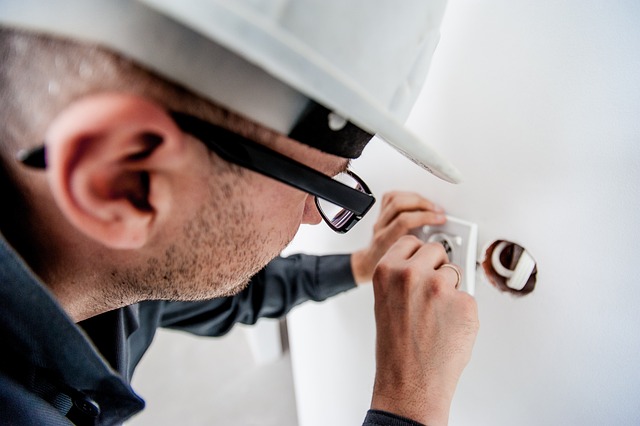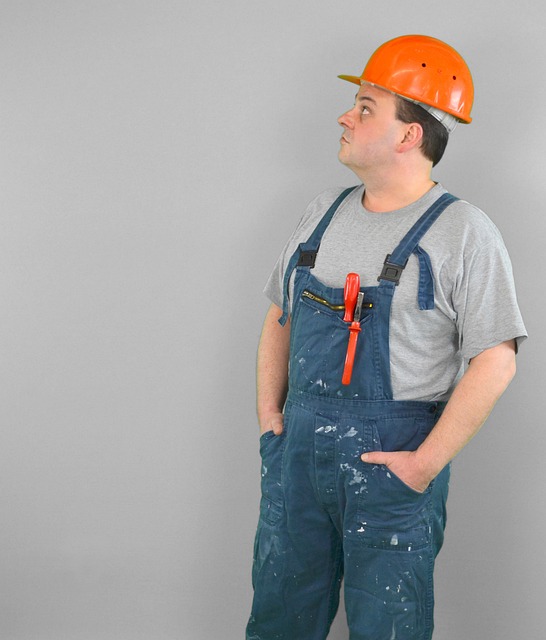Electrical issues, from flickering lights to fire hazards, often stem from switches, receptacles, or outlets, requiring qualified electricians for diagnosis and repair. Regular maintenance is key to ensuring safety and reliability of your home's electrical system. Homeowners should weigh cost and safety considerations when repairing or replacing these components, seeking expert advice for complex wiring, outdated systems, or high-voltage work to prevent hazards and boost home resale value. Safety is paramount; DIYers should understand risks, take precautions, and consult licensed electricians for complex tasks.
“Keep your home’s electrical system running smoothly with our comprehensive guide on repairing and replacing switches, receptacles, and outlets. Learn to identify common issues that may require professional attention or do-it-yourself (DIY) solutions. We provide a cost-effective strategy for homeowners to determine when to repair or replace these components. Additionally, discover essential safety tips for DIY projects and understand when to call a qualified electrician for complex tasks.”
- Understanding Common Electrical Issues: Switches, Receptacles, and Outlets
- When to Repair vs Replace: A Cost-Effective Guide for Homeowners
- Safety First: Tips for DIY Projects and When to Call a Professional Electrician
Understanding Common Electrical Issues: Switches, Receptacles, and Outlets

Electrical issues in your home can range from minor inconveniences to significant safety hazards, and often, the problem lies with switches, receptacles, or outlets. These components are integral to your home’s electrical system, facilitating the flow of power to various devices and appliances. Over time, wear and tear, exposure to moisture, or faulty installation can lead to common problems like flickering lights, intermittent power outages, or even fires.
A qualified electrician is equipped to diagnose and address these issues effectively. They understand that switches, receptacles, and outlets are the workhorses of your electrical system, constantly subjected to daily use and varying environmental conditions. Regular maintenance and timely repairs or replacements are crucial in ensuring the safety and reliability of your home’s electrical infrastructure.
When to Repair vs Replace: A Cost-Effective Guide for Homeowners

When deciding between repairing or replacing electrical switches, receptacles, and outlets, homeowners should consider both cost and safety. In many cases, simple repairs can be a cost-effective solution. A qualified electrician can often fix issues like loose connections, burnt-out switches, or faulty receptacles at a fraction of the cost of replacement. These repairs not only save money but also reduce the environmental impact by minimizing waste from old components.
However, there are instances where replacing is the better option. Outlets and switches that are severely damaged, outdated, or do not meet current safety standards should be replaced. An electrician can advise on the best course of action based on visual inspection and functionality testing. Replacing outdated components ensures improved safety and could increase the resale value of your home, making it a worthwhile investment in the long run.
Safety First: Tips for DIY Projects and When to Call a Professional Electrician

When tackling repairs or replacements of switches, receptacles, and outlets, safety should always be your top priority. Before beginning any do-it-yourself (DIY) electrical project, ensure you understand the potential risks involved and have taken appropriate precautions. This includes wearing protective gear such as insulated gloves and safety glasses, turning off the power at the main circuit breaker or fuse box, and verifying the deactivation using a voltage tester.
While many minor repairs can be handled by seasoned DIYers, certain situations warrant calling in a licensed electrician. Complex wiring configurations, outdated electrical systems, or work involving high-voltage components require professional expertise to ensure safety and code compliance. An electrician can accurately assess the situation, provide expert advice, and perform the necessary repairs with the skill and tools needed for optimal results, minimizing the risk of fire, electrocution, or other hazardous events.
When addressing electrical issues involving switches, receptacles, or outlets, homeowners should consider both cost and safety. Regular maintenance and timely repairs can extend the life of these components, reducing the need for frequent replacements. However, if damage is extensive or safety concerns arise, it’s prudent to consult a licensed electrician for expert advice and safe solutions. Balancing DIY projects with professional assistance ensures your home’s electrical system remains reliable and secure.
